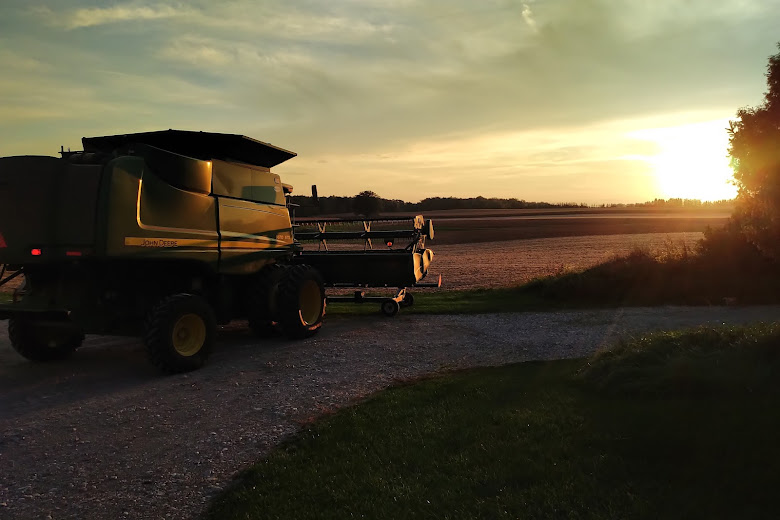The trial judge ruled that Midwest failed to prove that it had suffered damages because, in particular, it had not proven that the PHC contamination lowered the value of its property; it was not enough to prove the cost required to remediate the property. The trial judge also ruled that the Section 99(2) claim was not available because the Ministry of the Environment ("MOE") had already ordered Thorco to remediate the property; an award of compensation might permit double-recovery.
The Court of Appeal overturned the trial judge's decision and granted judgment against Thorco and its owner jointly and severally in the amount of $1,328,000 based on all three causes of action. Midwest was also awarded $50,000 in punitive damages from each defendant.
With respect to the Section 99(2) statutory cause of action, Justice Hourigan of the Court of Appeal wrote:
In my view, the trial judge erred in her interpretation and application of the private right of action contained in s. 99(2) of the EPA. This private right of action was enacted over 35 years ago and is designed to overcome the inherent limitations in the common law in order to provide an effective process for restitution to parties whose property has been contaminated. The trial judge’s interpretation of the section is inconsistent with the plain language and context of this provision; it undermines the legislative objective of establishing a distinct ground of liability for polluters. This is remedial legislation that should be construed purposively. It is important that courts not thwart the will of the Legislature by imposing additional requirements for compensation that are not contained in the statute.
With respect to the claim for damages, Justice Hourigan wrote:
Neither Tridan nor Canadian Tire involved a claim under s. 99(2) of the EPA. There is no reported case where a court has awarded damages for the cost of future remediation under this section. Nonetheless, in my view, awarding damages under s. 99(2) based on restoration cost rather than diminution in property value is more consistent with the objectives of environmental protection and remediation that underlie this provision.
This approach to damages reflects the “polluter pays” principle, which provides that whenever possible, the party that causes pollution should pay for remediation, compensation, and prevention: see Pardy, at p. 187. As the Supreme Court has noted, the polluter pays principle “has become firmly entrenched in environmental law in Canada”: Imperial Oil Ltd. v. Quebec (Minister of the Environment), 2003 SCC 58 (CanLII), [2003] 2 S.C.R. 624, at para. 23. In imposing strict liability on polluters by focusing on only the issues of who owns and controls the pollutant, Part X of the EPA, which includes s. 99(2), is effectively a statutory codification of this principle.
Further, a plain reading of s. 99(2) of the EPA suggests that parties are entitled to recover the full cost of remediation from polluters. Pursuant to s. 99(2)(a), a party is entitled to recover all “loss or damage” resulting from the spill. Section 99(1) provides that “loss or damage” includes personal injury, loss of life, loss of use or enjoyment of property and pecuniary loss, including loss of income. Section 99(2)(b) provides that a party has a “right to compensation for all reasonable cost and expense incurred in respect of carrying out or attempting to carry out an order or direction under this Part, from the owner of the pollutant and the person having control of the pollutant.” In my view, under either part of s. 99(2), polluters must reimburse other parties for costs they incur in remediating contamination.
In summary, restricting damages to the diminution in the value of property is contrary to the wording of the EPA, the trend in the common law to award restorative damages, the polluter pays principle, and the whole purpose of the enactment of Part X of the EPA. It would indeed be a remarkable result if legislation enacted to provide a new statutory cause of action to innocent parties who have suffered contamination of their property did not permit the party to recover the costs of remediating their property, given the EPA’s broad and important goals of protecting and restoring the natural environment.
Read the decision at: Midwest Properties Ltd. v. Thordarson.

No comments:
Post a Comment